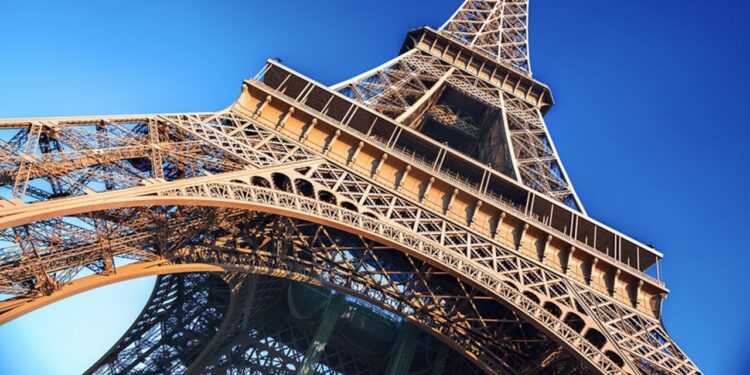Standing tall and proud amidst the enchanting landscape of Paris, the Eiffel Tower is more than just an architectural wonder; it is a symbol of elegance, innovation, and the enduring spirit of human ingenuity. Gustave Eiffel’s masterpiece, completed in 1889 as the entrance arch for the Exposition Universelle (World’s Fair), has since become an enduring emblem of France and an iconic landmark recognized worldwide.
Rising 324 meters (1,063 feet) above the Parisian skyline, the Eiffel Tower held the title of the world’s tallest man-made structure for 41 years until the completion of the Chrysler Building in New York City in 1930. Its lattice structure, comprising approximately 18,038 individual iron pieces, exudes a delicate yet robust aesthetic that continues to captivate millions of visitors annually.
Beyond its remarkable physical stature, the Eiffel Tower serves as a testament to the innovative spirit of its creator, Gustave Eiffel, and the talented engineers and craftsmen who brought his vision to life. Constructed in just over two years, the tower’s design was a feat of engineering brilliance, utilizing advanced mathematical principles and cutting-edge techniques of the time.
Since its inauguration, the Eiffel Tower has not only remained a beacon of architectural excellence but has also adapted to serve various functions. Originally intended as a temporary structure, it quickly became a permanent fixture due to its utility as a radio transmission tower. Today, it serves as a prominent observation deck, offering breathtaking panoramic views of Paris, and houses restaurants, museums, and exhibition spaces that celebrate its rich history and cultural significance.
Moreover, the Eiffel Tower has transcended its role as a mere tourist attraction to become a global symbol of romance, elegance, and the city of Paris itself. Countless artists, writers, and filmmakers have immortalized its image in their works, further cementing its place in the collective imagination of humanity.
However, the Eiffel Tower’s journey has not been without challenges. Over the years, it has weathered political controversies, structural concerns, and even proposals for its demolition. Yet, each time, it has emerged stronger and more beloved than ever, a testament to its enduring appeal and cultural significance.
As the sun sets over the City of Light, casting a golden glow upon the Eiffel Tower, one cannot help but marvel at its timeless beauty and the profound impact it has had on the world. For over a century, it has stood as a symbol of hope, resilience, and the enduring power of human creativity—a towering testament to the heights that humanity can achieve when inspired by passion and driven by vision.



Recent Comments